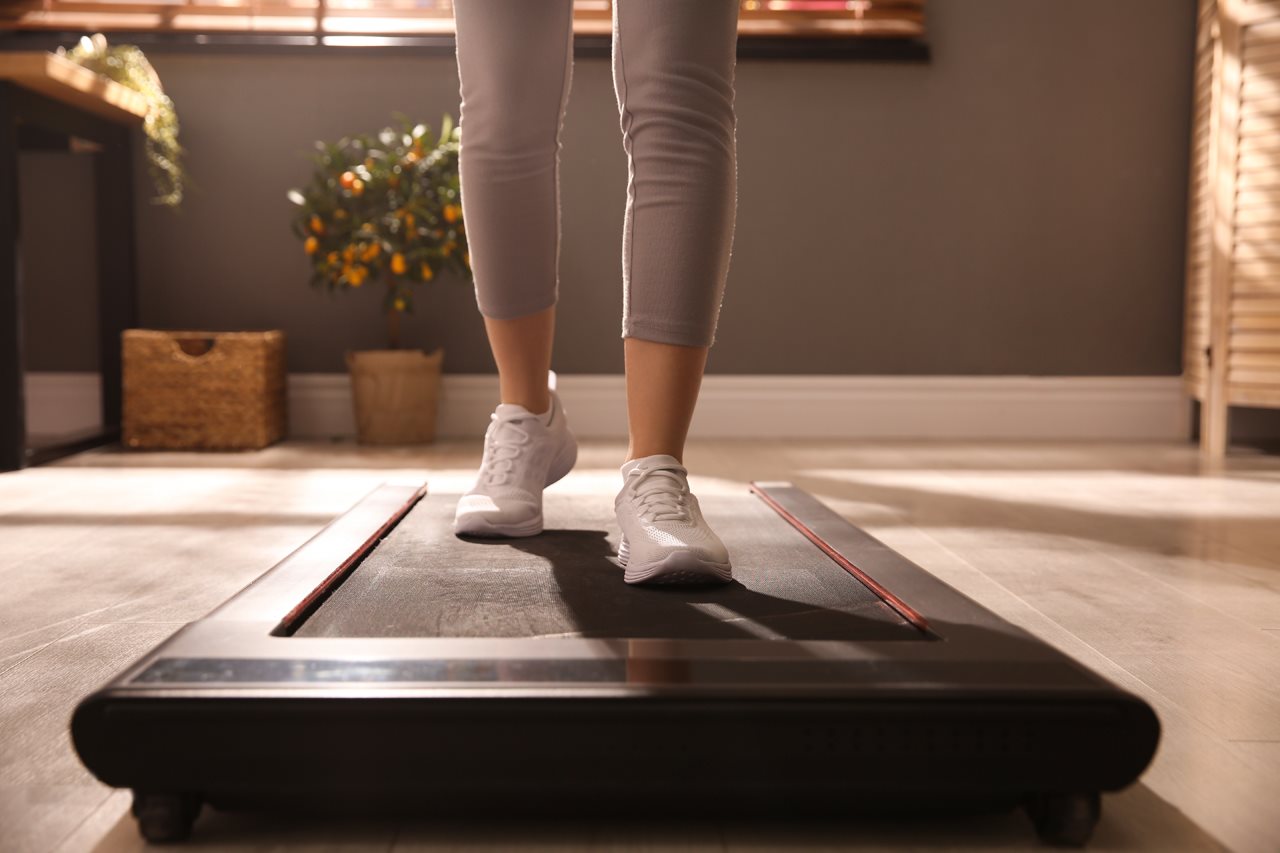2024-11-05T10:01:00
(BPT) – For adults who are diagnosed with a lung disease called idiopathic pulmonary fibrosis, long lasting (chronic) interstitial lung disease in which lung fibrosis continues to worsen (progress), or systemic sclerosis-associated interstitial lung disease, a diagnosis can be life-altering. Marked by scarring of the lungs, these diseases can progressively worsen.
Challenges in Diagnosis
It can take several years for patients to receive a diagnosis of interstitial lung disease (ILD). Symptoms are vague and may lead patients to overlook them or incorrectly attribute them to factors like fitness level or aging. Sylvia Ann, who was diagnosed with a rare form of chronic ILD with lung fibrosis, assumed her symptoms were a result of her lifestyle. “I thought that I just needed to start eating breakfast. I also thought it might be because I was overweight,” she recalls.
Initially misdiagnosed with asthma and sleep apnea, Sylvia Ann’s struggle to pinpoint the cause of her symptoms was frustrating. It took several appointments with her primary care doctor and a series of specialists before she was diagnosed with lymphocytic interstitial pneumonia, a chronic fibrosing ILD with worsening fibrosis.
Tana experienced a similar journey. Around the time of her 60th birthday, she began experiencing symptoms like body aches and cold hands. She initially brushed off her symptoms, and so did her rheumatologist, who diagnosed her with mild osteoarthritis and attributed the disease to aging. But when Tana began experiencing joint stiffness and coughing, she knew it was time to revisit her diagnosis. Her primary care doctor referred her to a pulmonologist, who diagnosed her with systemic sclerosis-associated interstitial lung disease (SSc-ILD).
In 2014, the U.S. Food and Drug Administration (FDA) approved OFEV® (nintedanib) capsules to treat adults with idiopathic pulmonary fibrosis. Since then, OFEV has also received approval to treat adults with long lasting (chronic) interstitial lung disease in which lung fibrosis continue to worsen (progress), and to slow the rate of decline in lung function in adults with SSc-ILD, also known as scleroderma-associated interstitial lung disease. It is not known if OFEV is safe and effective in children.
While a diagnosis can be devastating, both Sylvia Ann and Tana worked with their healthcare providers to develop their treatment plans.
“Despite my current care, my disease was still progressing. So based on my pulmonologist’s assessment of my chronic ILD with lung fibrosis that continued to worsen, he introduced me to OFEV. It’s been a relief for me and my family to have a treatment option for my disease,” says Sylvia Ann.
In addition to their treatment with OFEV, both Sylvia Ann and Tana credit the availability of patient support programs to support them on their journey.
“All of the information that the OPEN DOORS® Patient Support Program provided, coupled with my own research, made me feel empowered,” says Sylvia Ann.
Important Safety Information and Use
What is the most important information I should know about OFEV?
OFEV can cause harm, birth defects, or death to an unborn baby. Women should not become pregnant while taking OFEV. Women who are able to become pregnant should have a pregnancy test before starting treatment and should use highly effective birth control at the start of treatment, during treatment, and for at least 3 months after your last dose. Talk with your doctor about what birth control method is right for you during this time. Birth control pills may not work as well in women having vomiting, diarrhea, or other problems reducing the drug absorption. If you have any of these problems, talk with your doctor about what highly effective birth control method is right for you. If you become pregnant or think you are pregnant while taking OFEV, tell your doctor right away.
What should I tell my doctor before using OFEV?
Before you take OFEV, tell your doctor about all of your medical conditions, including if you have:
- liver problems.
- heart problems.
- a history of blood clots.
- a bleeding problem or a family history of a bleeding problem.
- had recent surgery in your stomach (abdominal) area.
Tell your doctor if you:
- are pregnant or plan to become pregnant.
- are breastfeeding or plan to breastfeed. It is not known if OFEV passes into your breast milk. You should not breastfeed while taking OFEV.
- are a smoker. You should stop smoking prior to taking OFEV and avoid smoking during treatment.
Tell your doctor about all the medicines you take, including prescription and over-the-counter medicines, vitamins, and herbal supplements such as St. John’s wort.
What are the possible side effects of OFEV?
OFEV may cause serious side effects.
TELL YOUR DOCTOR RIGHT AWAY if you are experiencing any side effects, including:
- Liver problems. Unexplained symptoms may include yellowing of your skin or the white part of your eyes (jaundice), dark or brown (tea-colored) urine, pain on the upper right side of your stomach area (abdomen), bleeding or bruising more easily than normal, feeling tired, or loss of appetite. Your doctor will do blood tests to check how well your liver is working before starting and during your treatment with OFEV.
- Diarrhea, nausea, and vomiting. Your doctor may recommend that you drink fluids or take medicine to treat these side effects. Tell your doctor if you have these symptoms, if they do not go away, or get worse, and if you are taking over-the-counter laxatives, stool softeners, and other medicines or dietary supplements.
- Heart attack. Symptoms of a heart problem may include chest pain or pressure, pain in your arms, back, neck, or jaw, or shortness of breath.
- Stroke. Symptoms of a stroke may include numbness or weakness on one side of your body, trouble talking, headache, or dizziness.
- Bleeding problems. OFEV may increase your chances of having bleeding problems. Tell your doctor if you have unusual bleeding, bruising, wounds that do not heal, and/or if you are taking a blood thinner, including prescription blood thinners and over-the-counter aspirin.
- Tear in your stomach or intestinal wall (perforation). OFEV may increase your chances of having a tear in your stomach or intestinal wall. Tell your doctor if you have pain or swelling in your stomach area.
- Increased protein in your urine (proteinuria). OFEV may increase your chances of having protein in your urine. Tell your doctor if you have any signs and symptoms of protein in the urine such as foamy urine, swelling, including in your hands, arms, legs, or feet, or sudden weight gain.
The most common side effects of OFEV are diarrhea, nausea, stomach pain, vomiting, liver problems, decreased appetite, headache, weight loss, and high blood pressure.
These are not all the possible side effects of OFEV. For more information, ask your doctor or pharmacist. You are encouraged to report negative side effects of prescription drugs to the FDA. Visit www.fda.gov/medwatch or call 1-800-FDA-1088.
What is OFEV?
OFEV is a prescription medication used:
- to treat adults with a lung disease called idiopathic pulmonary fibrosis (IPF).
- to treat adults with a long lasting (chronic) interstitial lung disease in which lung fibrosis continues to worsen (progress).
- to slow the rate of decline in lung function with adults with systemic sclerosis-associated interstitial lung disease (SSc-ILD) (also known as scleroderma-associated ILD).
It is not known if OFEV is safe and effective in children.
Please click here for full Prescribing Information, including Patient Information.
To learn more about OFEV as a treatment option and patient support services, visit www.OFEV.com.















